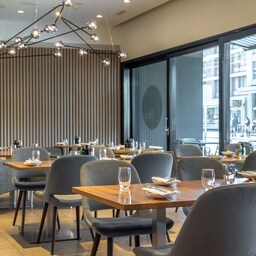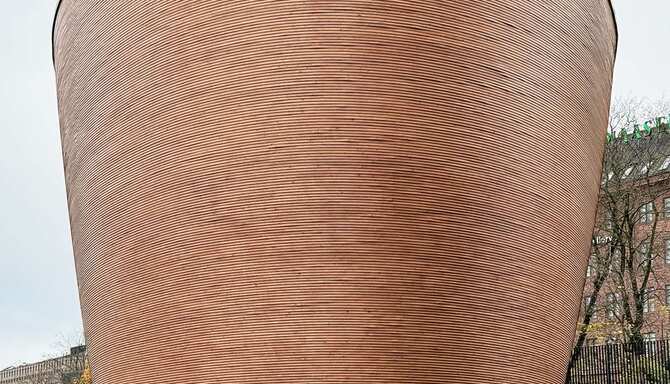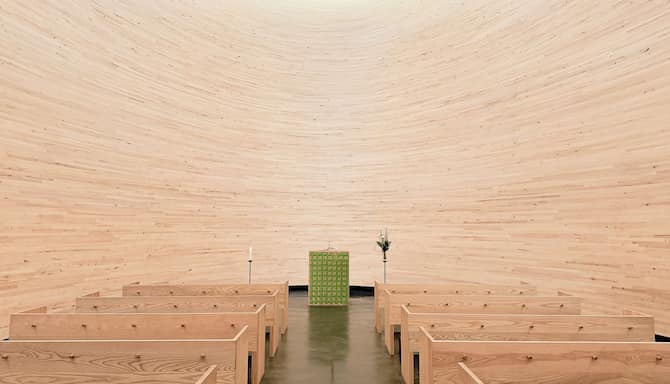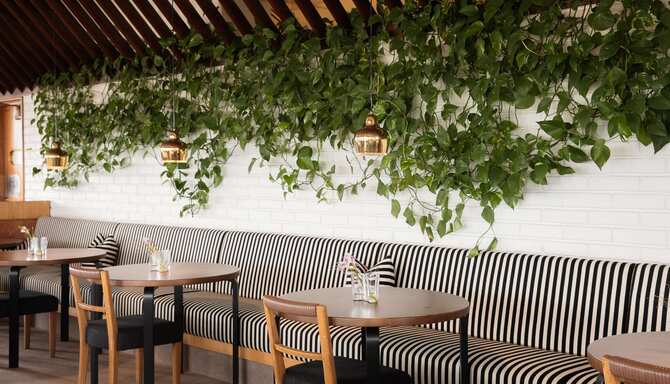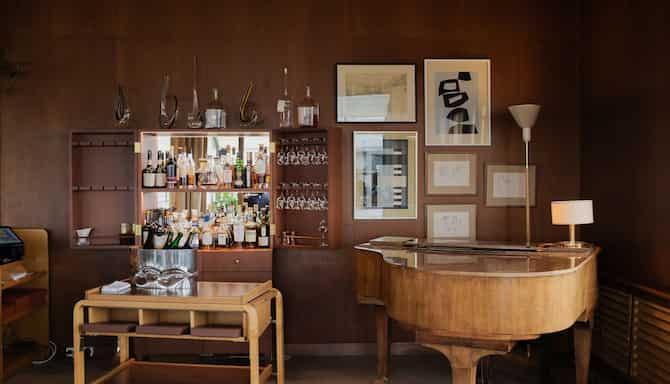-
Our Brands
-
Find your hotel
-
Meetings & Events
-
Flights
-
Dining
-
Digital Services
-
Hotel Deals
-
Travel ideas
-
Radisson Rewards
Become a member in just one click.
Our Brands
Find your hotel
Meetings & Events
Flights
Dining
Digital Services
Hotel Deals
Travel ideas
Radisson Rewards
Become a member in just one click.
Our Brands
Find your hotel
Flights
Dining
Digital Services
English Change
+353 1 5138080
800 017 8148 (AE)
+43 1 2057762 (AT)
+61 2 85520296 (AU)
+32 2 2909224 (BE)
800 100 936 (BO)
+41 43 2107043 (CH)
0400 120 0814 (CN)
+420 229 010126 (CZ)
+49 307 2614857 (DE)
+45 89 874290 (DK)
+372 660 5015 (EE)
08000060390 (EG)
+34 91 0389555 (ES)
+358 300 870 010 (FI)
+33 1 82884320 (FR)
+44 28 30640900 (GB)
800 931 643 (HK)
+36 1 6555314 (HU)
+972 2 3760606 (IL)
1800 1080 333 (IN)
800 7649 (IS)
+39 02 00633097 (IT)
03 4510 4479 (JP)
+254 20 7643750 (KE)
00798 14 611 0043 (KR)
+353 1 5138360 (KW)
+352 2 7871071 (LU)
+371 60001541 (LV)
1800 819 274 (MY)
+31 20794 0451 (NL)
+47 21 931937 (NO)
0 800 828 008 (NZ)
1 800 1852 0039 (PH)
+48 12 3986225 (PL)
800 853 057 (PT)
+7 499 2816120 (RU)
+46 8 50537246 (SE)
800 101 3817 (SG)
1 800 012 872 (TH)
+90 212 9003425 (TR)
00 801 852 043 (TW)
+27 11 2594806 (ZA)
USD
Change
Back
Language
Suggested languages
All languages
Back
Currency
Main Currencies
All Currencies














